It's the season of overflowing market bags, heavy CSA boxes, and gardens run amok. Alexandra Stafford of Alexandra Cooks is showing us how to store, prep, and make the most of the bounty, without wasting a scrap.
Today: How to store, prep, and make the most of the season's pepper crop, whether you have just a handful or you picked so many you should be called Peter Piper. Start with Yotam Ottolenghi's marinated pepper salad.
If only by the end of summer we as cooks and gardeners felt burdened by our pepper crop; found ourselves dumping our bounty on neighbors' front doors; bemoaned yet another dinner of chiles rellenos.
Imagine if we faced a wealth of glossy — red! — peppers every time we walked out to those raised beds. If only so many of us were not still waiting for our green-fruit laden plants to show any signs of ripening.
We can dream, but the good news is that Yotam Ottolenghi has come to the rescue. With just two peppers and a few other ingredients—fresh basil, capers, mixed greens, and shaved Pecorino — the master of vegetarian cooking has crafted a late-summer salad filled with texture and flavor. And despite the presence of a few strong characters (capers, Pecorino), the flavor of the peppers permeates every bite.
The trick is that the roasted peppers marinate for at least an hour in a mix of olive oil, balsamic, garlic, and thyme. During this time, the peppers not only absorb these flavors, but also infuse a smoky sweetness into the marinade, which ultimately becomes the dressing for the salad.
These roasted peppers can be used in countless ways, most simply with a loaf of crusty bread and a wedge of cheese. But the salad — made with nearly equal parts herbs to greens, and laced with slivers of red, pops of green, and stark white cheese shavings throughout — is stunning. And (with or without a bumper crop of peppers) can be on your table tonight.
How to store peppers
- If your kitchen is cool enough, you can store unwashed peppers out of the fridge covered with a kitchen towel.
- Do not store in plastic bags, which foster moisture development and cause peppers to spoil more quickly.
- Peppers will keep for at least a week in the fridge, but, as with tomatoes, the cool temperature is not ideal for preserving their flavor. It's best to store them at room temperature and eat them within a few days.
How to prep peppers:
- When slicing and seeding peppers, always be sure to wash your hands afterwards and be careful not to rub your eyes while you are working.
- Peppers are often served raw. Crisp, fresh, colorful peppers, cut into slivers are a favorite on crudité platters. Cut out and discard the stem, seeds, and white membranes before slicing. Finely diced raw peppers add great texture and flavor to salsas (mango, pineapple, peach, etc.); sandwiches; and to pasta, potato, bean, and whole grain salads.
How to cook (and eat!) peppers:
- You can simply sauté them. Cut peppers in half, then remove the stem and seeds and discard them. Julienne or cut the flesh into small dice. Sautéed diced peppers pair nicely with onions, tomatoes, corn, eggplant, squash, capers, garlic, and herbs, and can be used as the foundation for soups, stews, and sauces. Add sautéed peppers to tacos and fajitas, sandwiches (vegetarian or sausage-laden), pizzas and pastas, frittatas and quiches, braises and tagines.
- There are lots of ways to roast peppers, and depending on how you do it, your resulting peppers will vary in texture. If you char the peppers quickly over an open flame (using a grill, stovetop, or broiler), the flesh of the peeled pepper will be firm and will taste smoky. If you roast the peppers at a more moderate temperature (as described in the Ottolenghi salad recipe below), the flesh of the peeled peppers will be softer, will taste sweeter, and the peppers will release more flavorful juices. You can roast peppers whole and seed them afterwards, or you can cut and seed them before roasting.
- Peppers can be roasted in the oven at a range of temperatures (375º F to 450º F), and the cooking time will vary depending on the temperature (20 to 40 minutes or so). They can be left whole, or they can be seeded and cut before roasting. Either way, rub them lightly with olive oil, place them in a single layer on a baking sheet, and roast them until they begin to soften and darken in spots. When the peppers are roasted whole, rotate them every so often to make sure they char evenly. Alternately, to char peppers over an open flame, place a whole pepper directly over the flame and cook, rotating every so often with tongs, so that the skin chars evenly. The process should take 10 to 15 minutes. Either way, once roasted, transfer them to a bowl, cover it with plastic wrap, and let them sit for at least 15 minutes. Rub the skins off the peppers and discard them (along with the seeds, if you haven't seeded them already). Save the juices! Never rinse the peppers to facilitate skin or seed removal — you'll be washing away much of the flavor.
- Roasted peppers can be used in countless ways: layered into sandwiches and quesadillas; tossed into pasta, bean, whole grain, and green salads; diced and made into relish; folded into cornbread; added to paella. They can be puréed into soups, sauces, and spreads such as muhammara, romesco, harissa, and hummus.
- Poblanos or any long green chile (or any chile, really) can be roasted and stuffed with cheese and eggs and fried or baked into chiles rellenos.
- Bell peppers (stem left intact, halved lengthwise or vertically, both parts briefly boiled) can be stuffed with meat or vegetables and baked with savory sauces or broths until the peppers are tender and the fillings are cooked through.
- Peppers can be pickled or cooked into jam and confit.
Photos by Alexandra Stafford
Additional recommendations from Food52 editors:
Marinated Pepper Salad With Basil, Capers & Pecorino
As mentioned earlier, this packed-with-flavor salad from Yotam Ottolenghi's cookbook Plenty makes for a simple light lunch or bright side dish — but we think it'd be a pretty fantastic meal if you stirred in some pasta.
Smoky Red Pepper Pasta eith Vegetarian Sausage
/ca411340-d7a1-4572-92dd-0e9147876081--Sauce_2.jpg)
Speaking of pasta, Food52 Resident Meryl Feinstein of Pasta Social Club makes roasted red peppers craveable (she'll show you how to make your own, but if you have a jar on hand, why not use them?) in this creamy, smoky, totally vegetarian dinner.
Shishito-Style Green Peppers from Michele Humes
/51a9ccae-2f00-420b-bc25-8de75585fa15--2019-1206_shishito-bell-peppers_final_3x2_rocky-luten_026.jpg)
It can be tough to find shishito peppers at certain grocery stores, and even at the farmers market when out of season — luckily, Michele Humes has a supermarket staple-based solution, in the form of these genius shishito-style green peppers. "Green bell peppers, snipped off the vine before ripening into red or yellow sweetness, get the least love of all the bell peppers. It's true that they can be mushy and bitter, but only if cooked too low and slow, writes Humes in her cookbook The Noodle Soup Oracle. "The key is a screaming-hot, well-oiled wok and just enough time in it that the skin blackens and blisters. Prepared this way, green pepper wedges remind me of stemless, seedless shishitos. In this recipe, a flicker of heat from the shichimi togarashi and a shower of flaky salt drive the comparison home."
/80e88172-2f53-41b5-a8be-9949b09d8c48--Peppers2.jpeg)
But if you can find shishitos (and we recommend buying a lot, because they're as easy to eat as potato chips), here's how to prep them: Smoking-hot oil in a pan filled (but not overcrowded with) shishito peppers, blistered, salted with abandon (flaky salt, duh!), and finished with a good squeeze of fresh lime juice.
/51ba281b-ee52-412f-ac5b-14775ced43a2--2017-0824_jewish-matbucha-appetizer_julia-gartland-278.jpg)
"This North African vegetable relish cooks tomatoes, bell peppers, and eggplants together to make a jammy, flavorful spread that is perfect served on top of roasted chicken, fish, meat, or veggies," writes recipe developer Leah Koening. "It tastes equally great served as part of a mezze selection, alongside grilled pita for dipping."
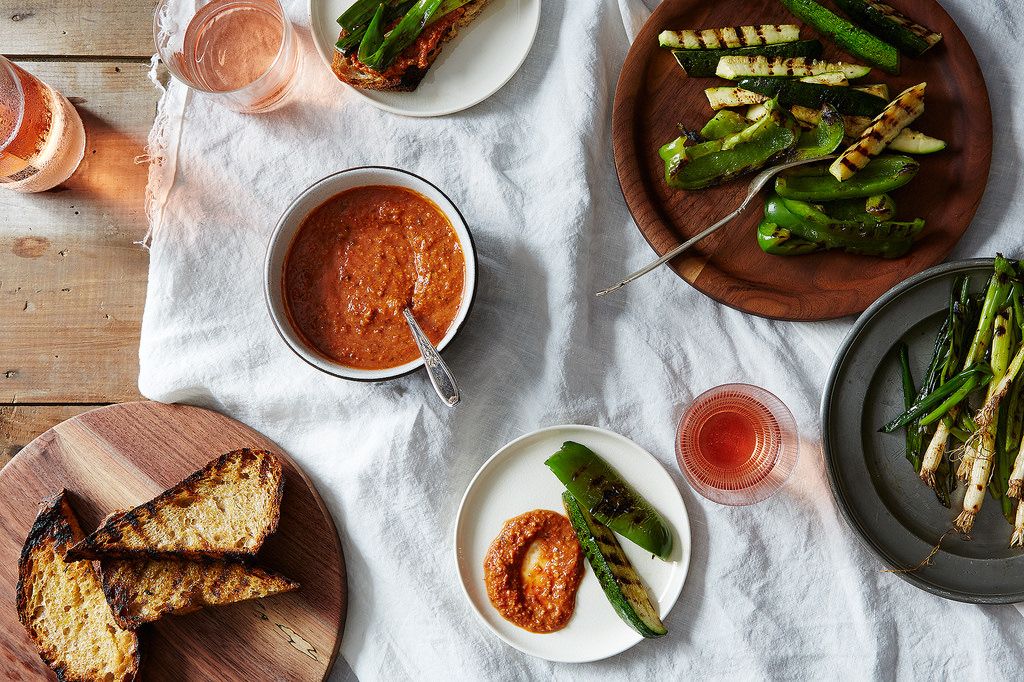
"I discovered salsa romesco, a traditional sauce from Catalonia, a region in northeast Spain, when camping in the area — and immediately deemed it a summertime grilling essential," writes contributor Caitlin Raux. "While I was tending to an assortment of vegetables and a glistening T-bone on a portable charcoal grill, one of my Catalan friends pulled out a container filled with a vibrant red-orange sauce — what I learned was a mixture of peppers, tomatoes, roasted nuts, garlic, and olive oil called romesco. I proceeded to slather it on everything that came off the grill that night."


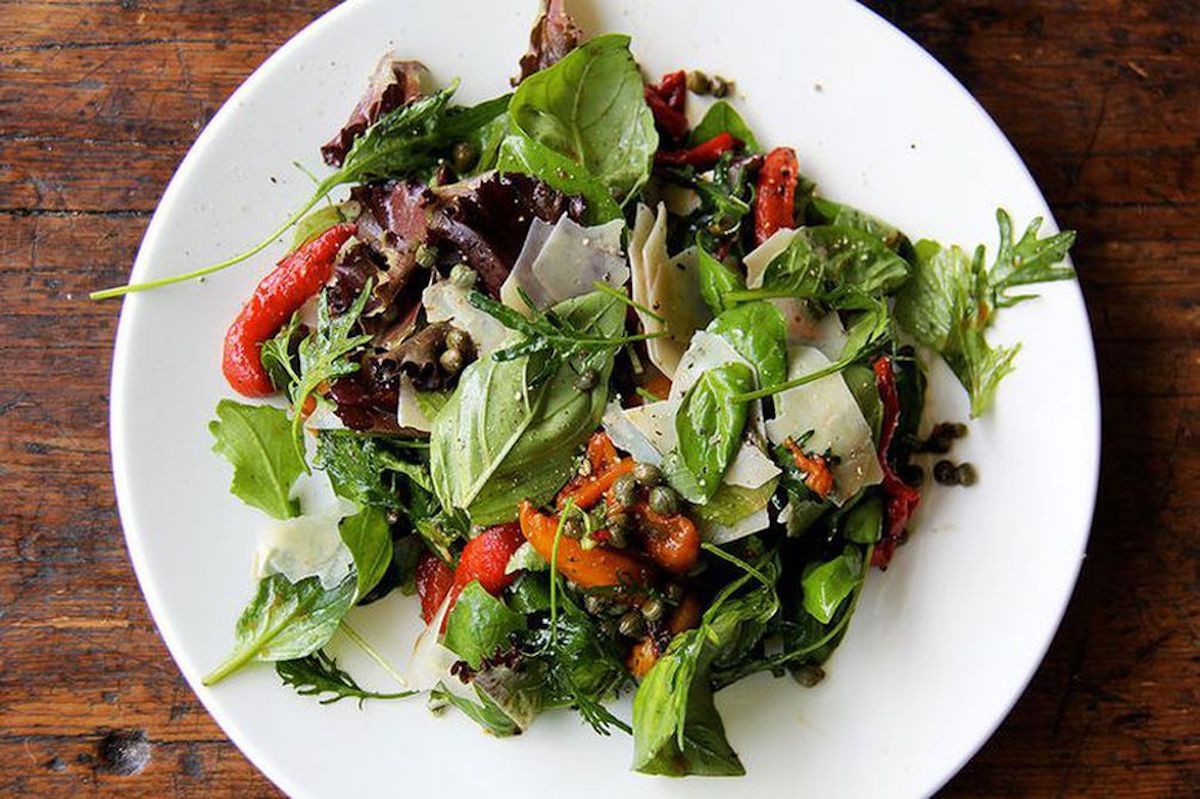

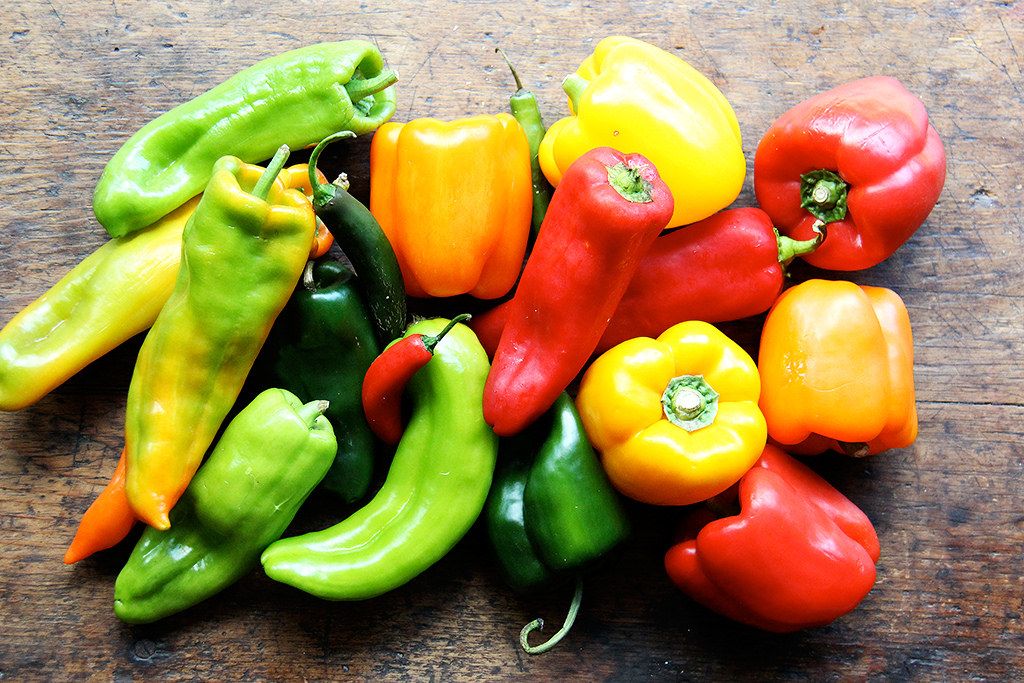

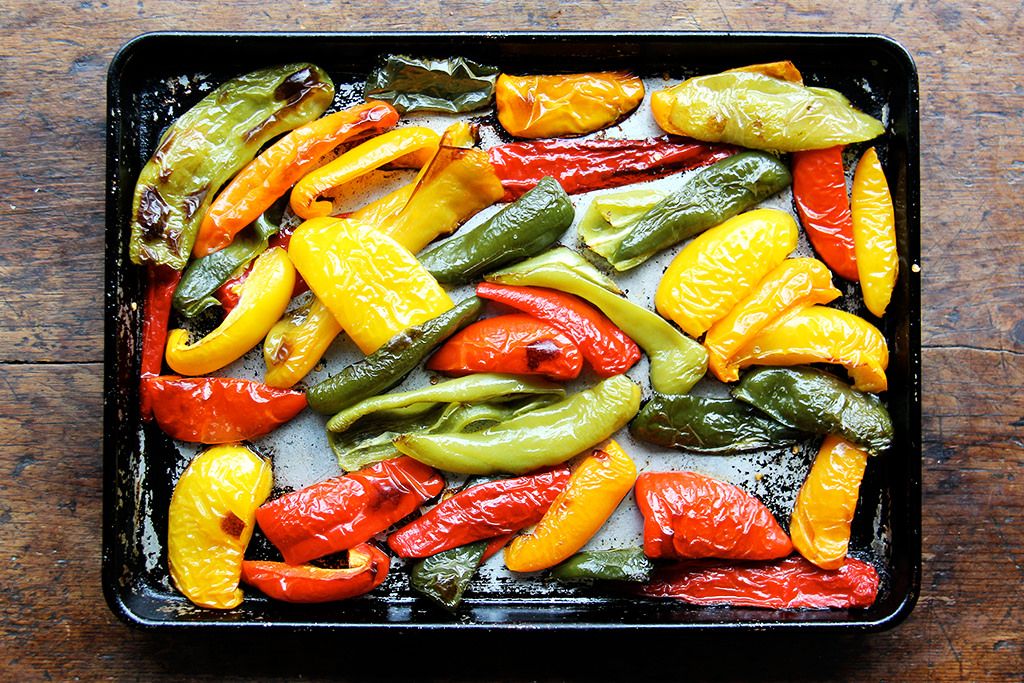
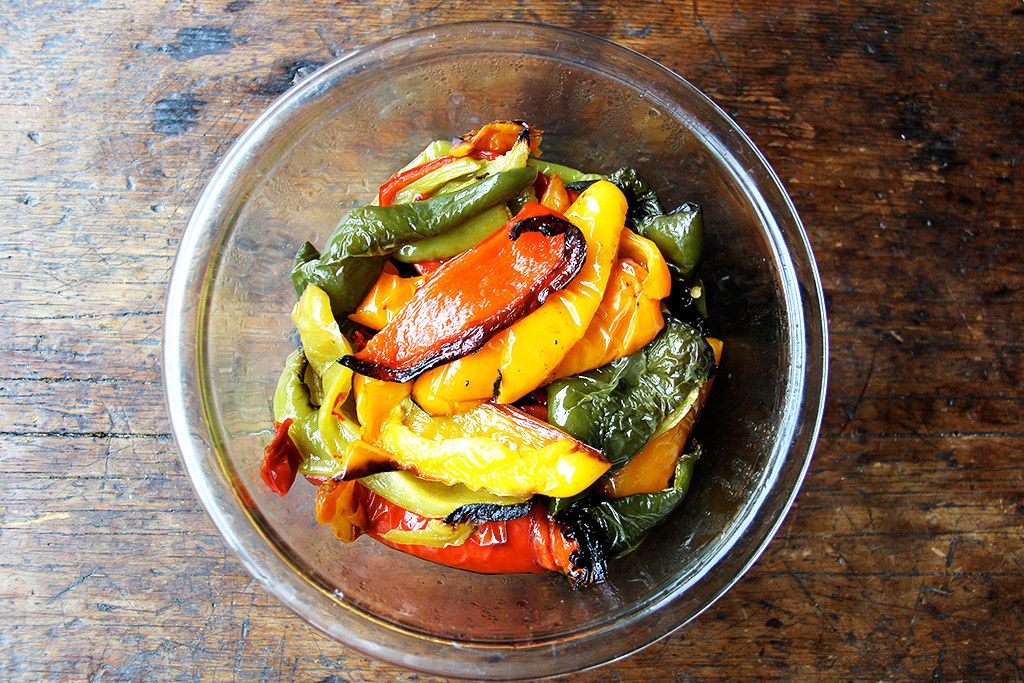
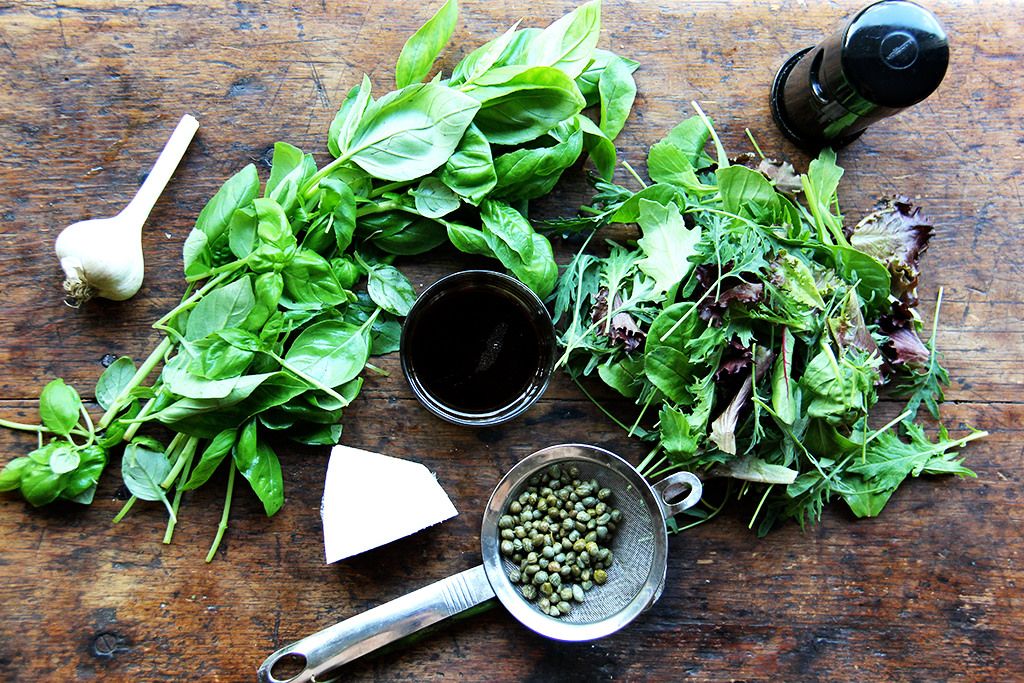
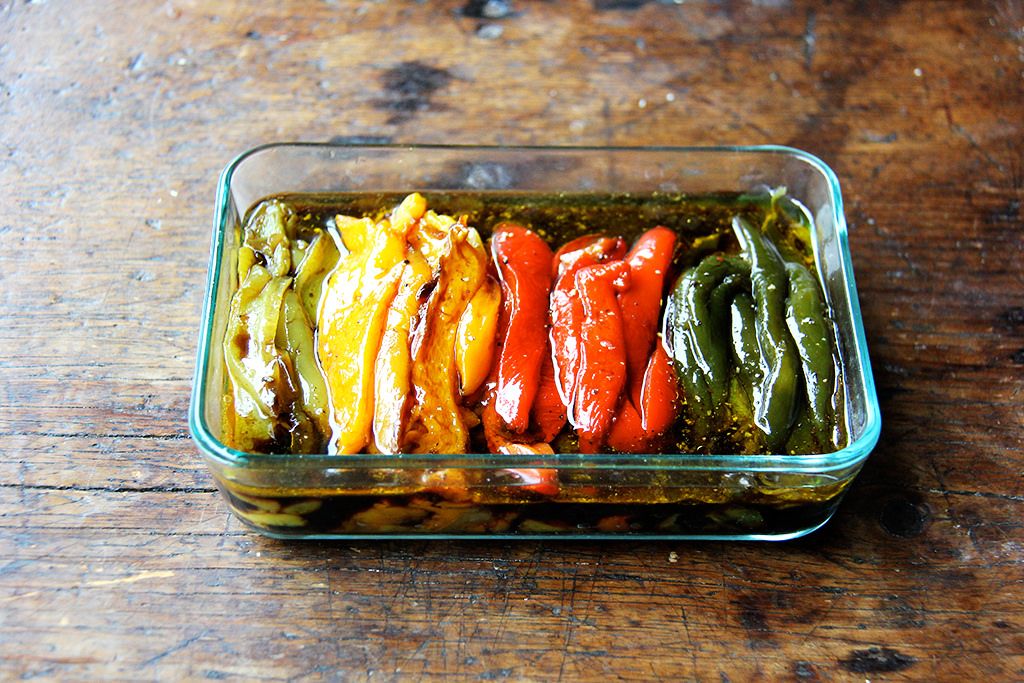
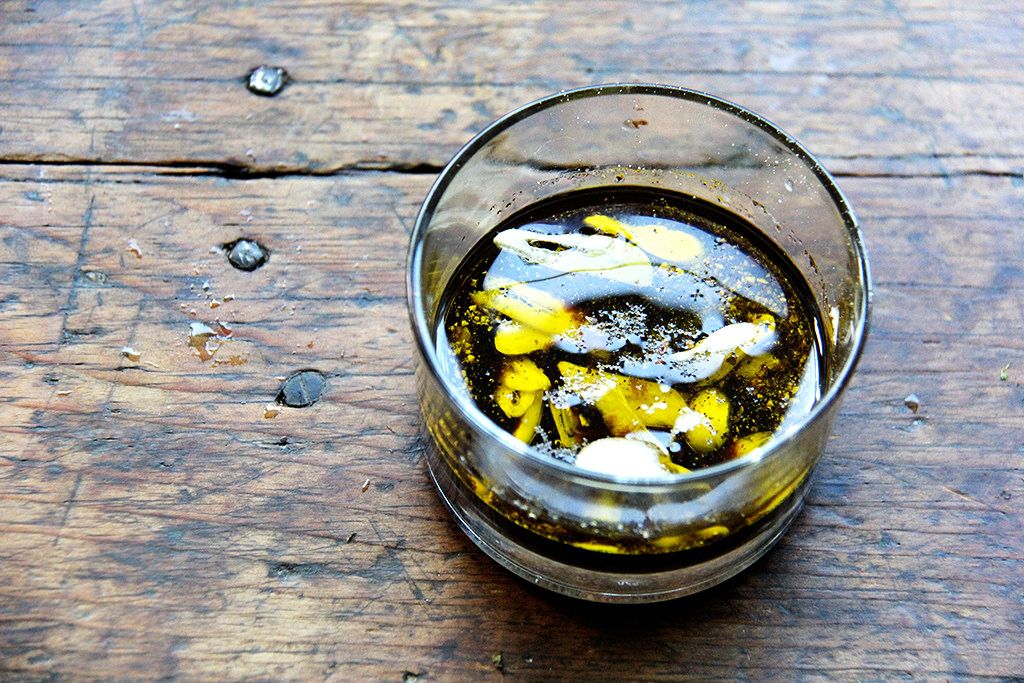
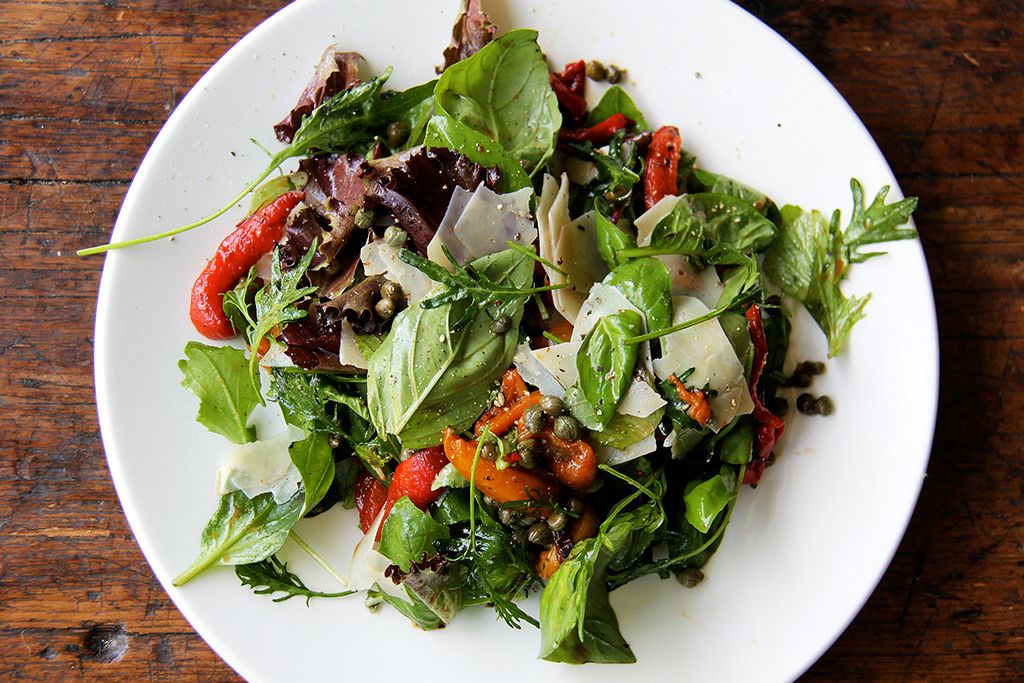
Shares